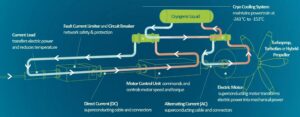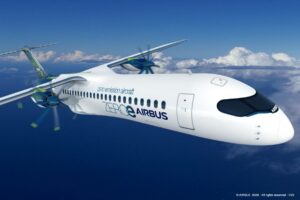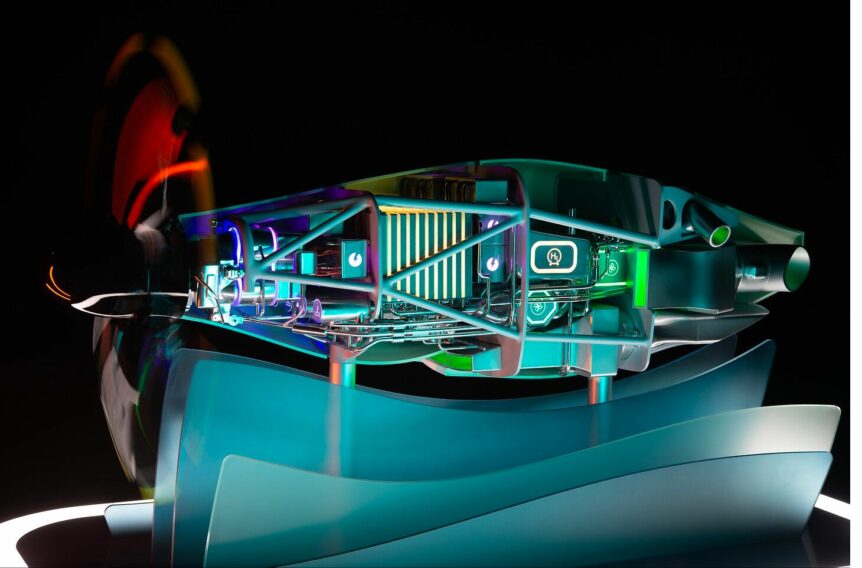Cryoprop, Airbus’ cryogenic hydrogen system cooled by an ingenuous helium feed could make Airbus’ planned two megawatt electric motor produce greater power.
Cooled by liquid hydrogen supplied to the fuel cell, gaseous helium will cryo-cool electrical cables, power electronics and motor.
Airbus has been working to power aircraft with hydrogen for several years, and to increase power through the use of helium as a coolant. This would allow the H2 to be a superfluid, with benefits for range and power. Cooling is an essential element in that equation, and Airbus has devised a clever approach to this.
The latest in a series of demonstration projects using cooled H2, Cryoprop, “Will integrate and refine a two megawatt-class superconducting electric propulsion system cooled by liquid hydrogen via a helium recirculation loop.” UpNext, Airbus’ latest foray into cryogenically-fueled electric motors, the enterprise follows several other projects.

Based on principles demonstrated in ASCEND (Advanced Superconducting and Cryogenic Experimental powertraiN Demonstrator) Cryoprop is essentially a continuation of those ideas
Michael Augello, CEO of UpNext, explains the connections to those past projects, “Our previous demonstrators have shown that superconducting technologies would be a key enabler for the high-power electrification of future hydrogen-powered aircraft. I truly believe that the new demonstrator will lead to performance improvements of the propulsion system, translating into significant weight and fuel saving potential.”
Airbus has already demonstrated a 500 kilowatt (674 horsepower) integrated power system using superconducting technologies for high-power electric propulsion. This idea was part of a larger program to integrate essential power elements into compact pod assemblies. A few years ago, as part of their ZeroE program, Airbus designed such an integrated system.

One design in Airbus’ ZeroE program, this twin electric pod system was an approach to cryogenic propulsion
Flight Global explains the benefits Airbus hopes to attain through this latest iteration of their cryogenic research. “While conventional electric powertrains require high voltages, this could be reduced by using superconducting materials – such as cryogenically-frozen tape rather than copper – to transmit electric power from a fuel source to the propulsion system.

